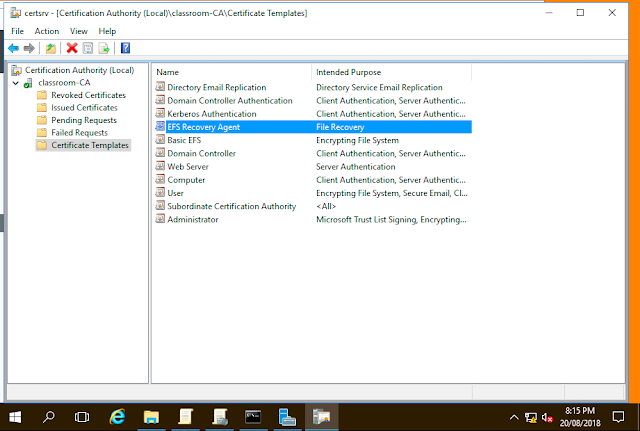Lab 7 | Implementing Public Key Infrastructure

Lab 7 | Implementing Public Key Infrastructure The following lab is designed to help us become more familiar with the basic concepts of cryptography and partake in the process of implementing a public key infrastructure. We started by inspecting elements inside the certificate authority, interesting to learn was that the certificate authority contains a certificate the authenticates itself, issued by itself. If subordinate CA's were produced they would instead have certificates issued by this CA instead of themselves, I also learnt that root CA's are typically kept offline unless they have actions they need to perform, this further solidifies a networks security posture. We inspecting multiple elements of a certificates authorities & the lab text gave informative information on many of them. Next, we undertook the tasks of implementing a certificate ourselves. We created a certificate in our VM that is hosting the classroom website, ...


